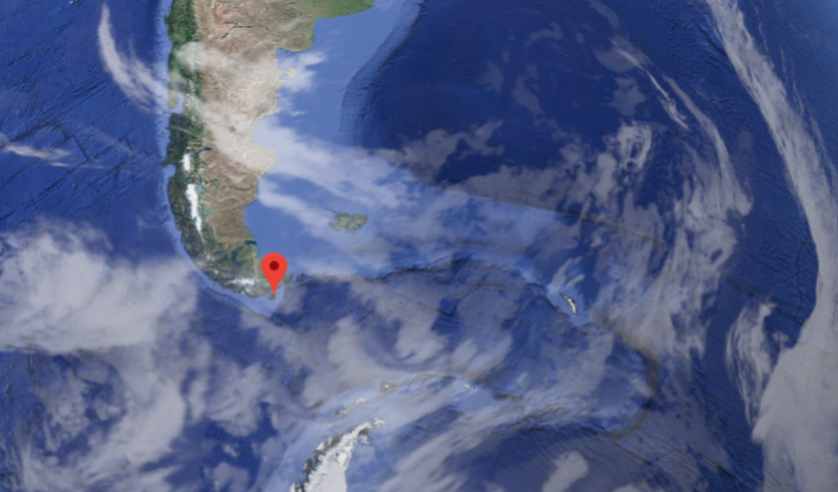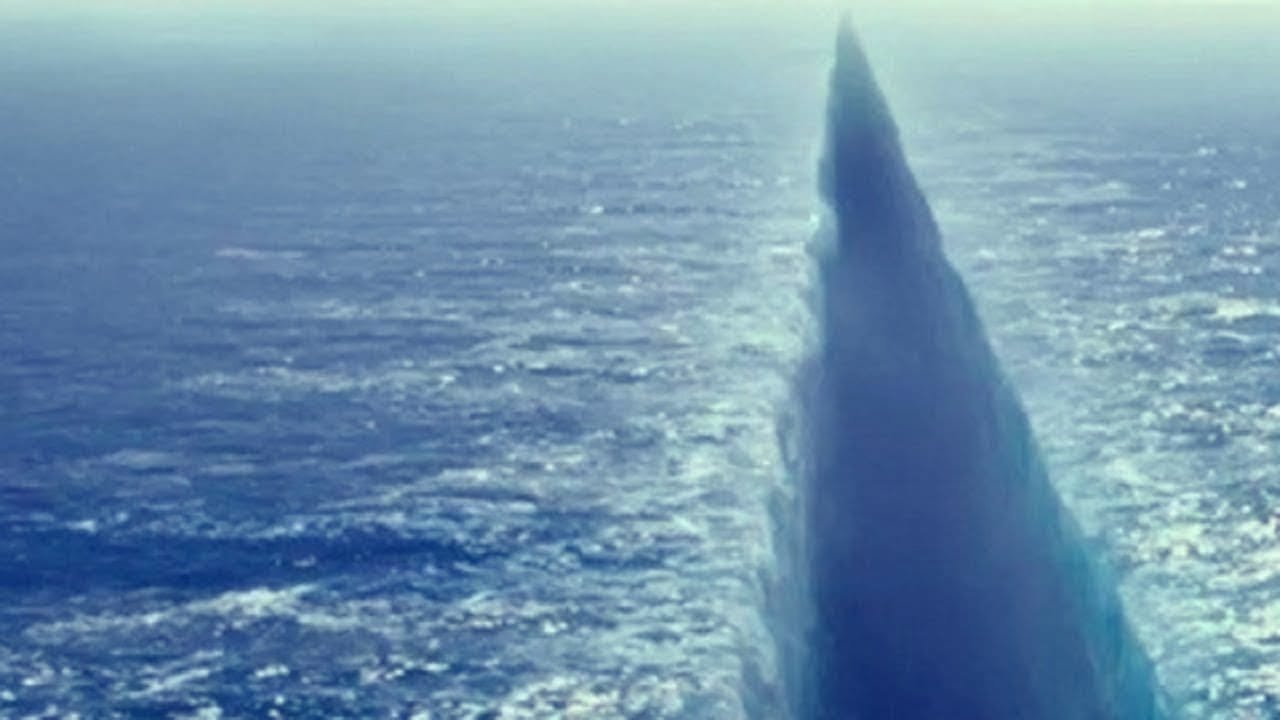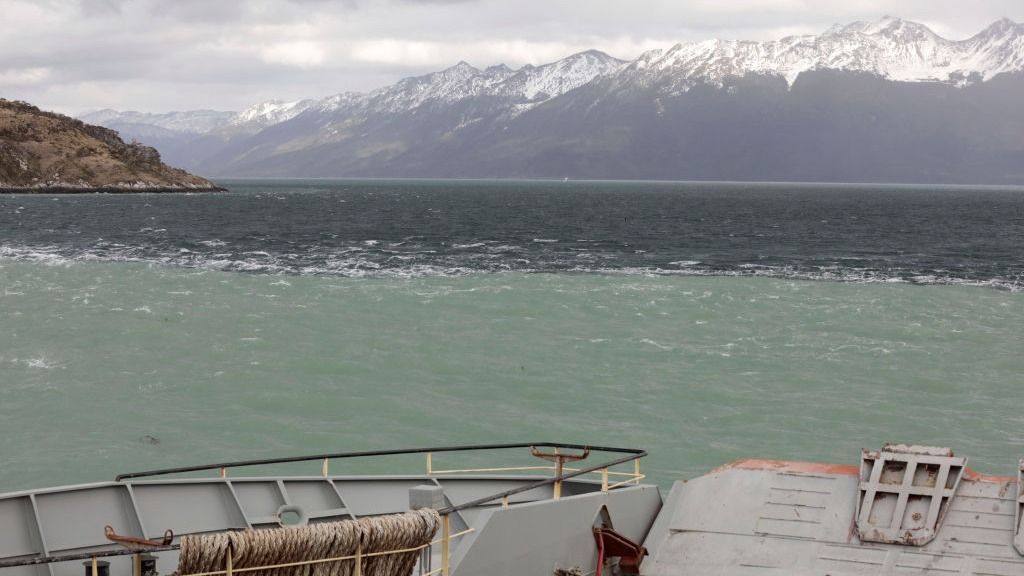Why Does The Atlantic And Pacific Ocean Not Mix

Have you ever stood on a beach and wondered, "If the Atlantic and Pacific Oceans are touching, why aren't they, like, totally mixed together like a giant bathtub?" It's a valid question! It's like wondering why your grape juice doesn't completely blend with your milk when you accidentally pour it in.
The answer, my friends, is a bit more complex than just "ocean magic," but trust me, it's fascinating! Think of it like this: you have two really popular kids in school, Atlantic and Pacific. They're both oceans, sure, but they have their own unique personalities and friend groups.
The Salty Scoop: Density Differences
One of the biggest reasons these two behemoths don't mingle perfectly is density. Imagine you're making a salad dressing: oil and vinegar, right? Oil is less dense, so it floats on top. The same principle applies here, but on a grand, oceanic scale!
The Atlantic tends to be saltier than the Pacific in some areas. Think of it as the Atlantic being the super-concentrated, extra-salty soup broth, and the Pacific being a slightly more diluted version.
Saltier water is denser, meaning it's heavier. Therefore, the Atlantic, in some regions, is like that dense layer that tries to sit beneath the less dense Pacific. They don't exactly *mix* – they just kind of hang out awkwardly next to each other at the surface.
Temperature Tantrums: Another Density Driver
Temperature also plays a crucial role. Cold water is denser than warm water.
Imagine you're trying to cool down your hot chocolate with an ice cube. The coldness doesn't magically spread instantly throughout the entire cup, does it? It takes time and a little stirring (which, in the ocean's case, is currents!).
So, if one ocean is significantly colder than the other at their meeting point, the colder, denser water will want to sink, creating layers instead of perfect amalgamation.
Current Affairs: The Ocean's Highway System
Oceans have these massive "rivers" flowing within them called currents. Think of them as the ocean's highway system, constantly moving water around the globe. These currents, like the Gulf Stream, can act like barriers, preventing complete mixing.
These currents can push the waters of each ocean along different paths, reinforcing the separation. It's like having a bouncer at a club, keeping certain groups apart, except the bouncer is a powerful, swirling force of nature!
These currents keep things interesting, preventing the oceans from just becoming one big, homogenous blob. Thank you, currents!
Surface Tension: The Icing on the (Ocean) Cake
You know when you carefully pour water into a glass and it forms a little dome above the rim before spilling over? That's surface tension at work! This tension creates a subtle barrier at the surface.
While not as significant as density or currents, surface tension can also contribute to the visible line you sometimes see where the oceans meet. It's like a tiny, invisible force field saying, "Hold up, let's not get too cozy just yet!"
So, the next time you see a picture or video of the Atlantic and Pacific seemingly refusing to mix, remember it's not about some great ocean feud. It's just a fascinating combination of physics, chemistry, and a little bit of "ocean personality" that keeps our world wonderfully diverse!





